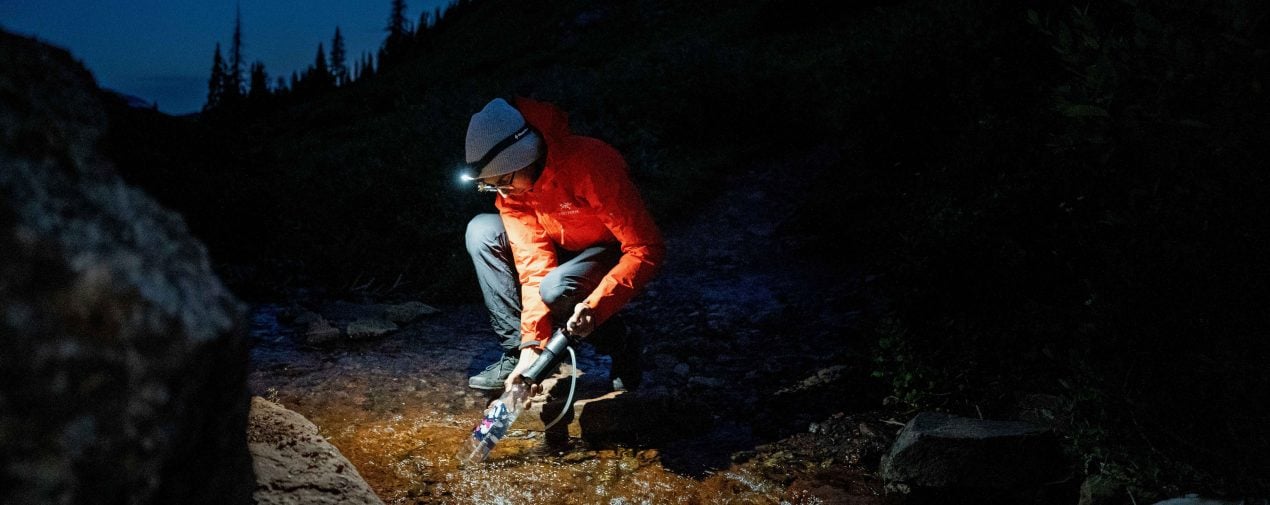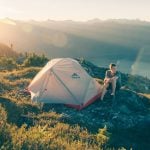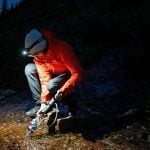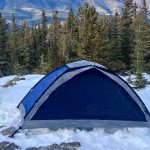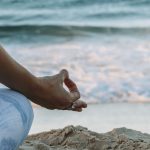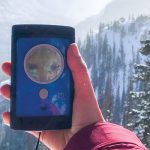Backcountry Water Hacks to Improve Taste
Staying hydrated during outdoor adventures is critical to maintaining physical and mental wellness. Unfortunately, people often struggle with getting enough water to stay fueled and feel good, especially when exerting lots of energy.
Improve your water with these five steps:
Add flavor
Treated water may taste just like your water at home, or it may have a weird chemical flavor – it all depends on how you treat it! Adding flavor is one of the best ways to make staying hydrated more enjoyable.
I love individual drink flavor packets in fruit flavors because they can make your water taste like peach rings, sweet tea, lemonade, or a myriad of other sweet snacks. Not a fan of the super sugary stuff? Use half a packet to take the edge off that lakewater smell and taste without making your teeth fuzzy.
There are a ton of flavor packets that add more than just taste, too. Pick a brand that features electrolytes to help replenish muscle and nerve functioning on high-output days.
Trying to be more mindful about consuming one-time-use packaging? Buy your flavoring in bulk and bring enough for your entire trip in one container. Parse it out daily before leaving camp or prep your drink at basecamp before starting the day so it’s ready when you’re thirsty.
Pro tip: Adding flavor is one of the best ways to get kids and picky drinkers to stay on top of hydration without you having to repeatedly remind them!
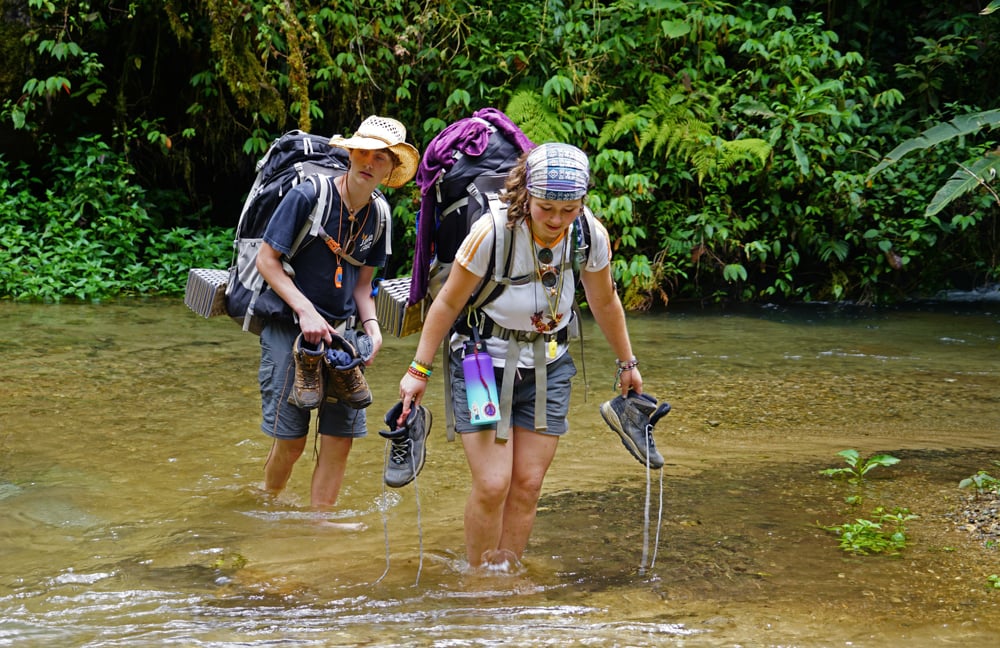
Keep it cooler
When your water bottle sits at the bottom of the boat or on the side of your pack in the sun, it’s probably going to get hot. Slugging hot (or even lukewarm) water when you’re thirsty may be unappetizing, so much so that you might avoid drinking! Don’t let water temps keep you from staying on top of hydration. Do what you can to keep your water cool.
Buy or make a bottle cover to prevent sunlight from penetrating through the material or stash the vessel in the shade (like under a boat seat). Bring a thermal bottle that will hold in the cool from a fresh mountain stream if you’re willing to bring a little extra weight. Or, if you’re camping near a body of water, tie your bottles to a tree and let them float in this handy natural cooler.
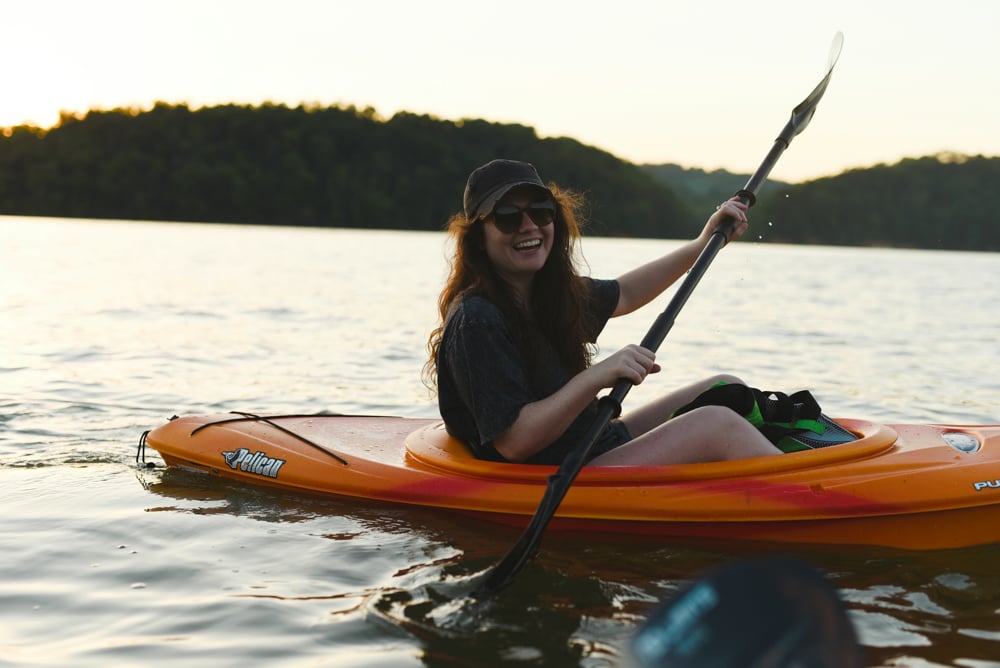
Add a flavor neutralizer
If you treat water with iodine, it tends to have a taste. Sometimes that taste is impossible to stomach, and it even cuts through added flavors like fruity crystallized drink enhancers. Keep using this trusty water treatment method, but nix the bad taste by using an iodine flavor remover.
Potable Aqua – the brand available at most outdoor retailers – makes packages that include the iodine and flavor neutralizer. Grab one of these and MAKE SURE you pack both – I’ve accidentally thought I was bringing along the iodine only to be left drinking untreated beaver water and hoping for the best. I got lucky and didn’t get Giardia, but I won’t make this mistake again!
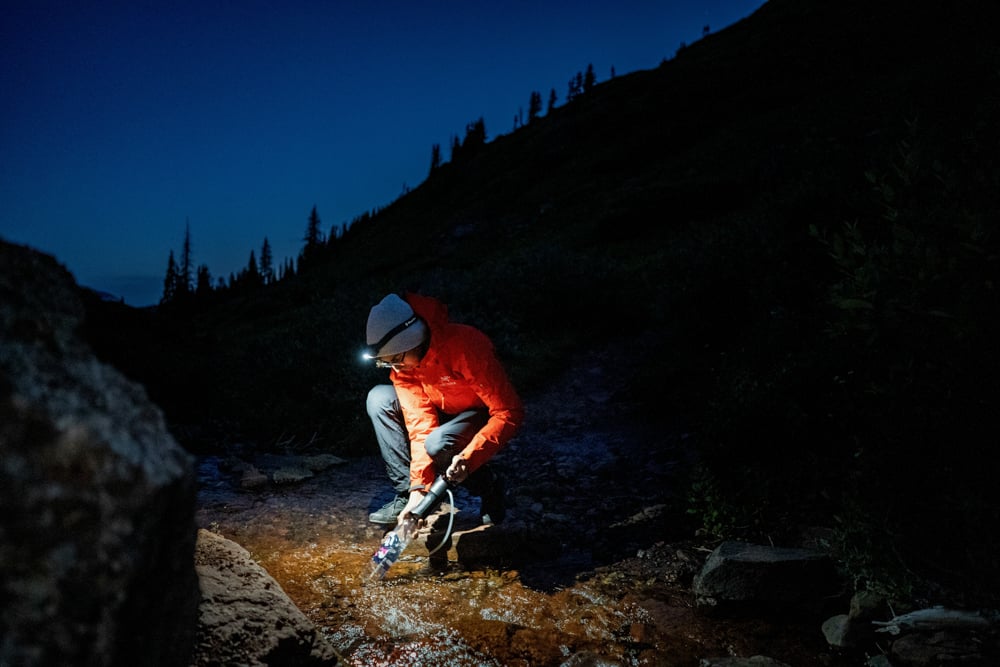
Change your water treatment method
I started backcountry camping using just iodine tablets and greatly struggled to drink enough to stay hydrated because of the intense taste. Plus, those little brown tablets don’t remove floaties from the lake, they just make the water safer to drink by killing off Giardia. I quickly found that using a filter makes the water look less scary by removing bugs, algae, and other bits.
If you’re having trouble stomaching the visuals of drinking water in the wild, consider changing to a filter. I’m partial to GRAYL water filter and purifier bottles because they filter and purify, making them super versatile. Plus, you just have to press to filter, there’s no scooping water or waiting for it to be drinkable.
For group trips, consider a gravity hydration bladder like the Platypus QuickDraw Microfilter System. This ultralight, compact setup can be used alone or attached to a water bladder to let gravity do the work while you make dinner at camp or snuggle up in your sleeping bag.

Get a different bottle
As a paddler, I am very familiar with the feeling of lake water drizzling down both sides of my chin as I try to drink from a wide-mouth Nalgene in a rocking boat. Sometimes, those splashes are refreshing. Other times, like a foggy fall morning, they’re less than welcome. I’ve since switched to narrow-mouthed drinking vessels for canoe trips to prevent my chances of spilling (and staining my shirt with the Kool-Aid powder I often use to dress up filtered lakewater).
Choosing the right vessel can improve your trip. Consider how much water you want to filter and carry by assessing how often you’ll have access to water sources. Bring larger containers or multiple bottles if sourcing is questionable or if it’s easier to filter multiple bottles at once. Those concerned with weight may choose lighter materials like thinner plastic bottles (backpackers, runners) while others may be ok with sturdier options that weigh a few ounces more (canoeists, campers). Water bladders are great for group trips and doing a lot of dishes. Plus, they can fold up small when not in use and don’t weigh much.
I hope you try some of these options (and even combine a few!) to find the best hydration options for you!
Pro tip: They’re not just helpful in the backcountry; you can also use these ideas when traveling internationally or amping up hydration at home.
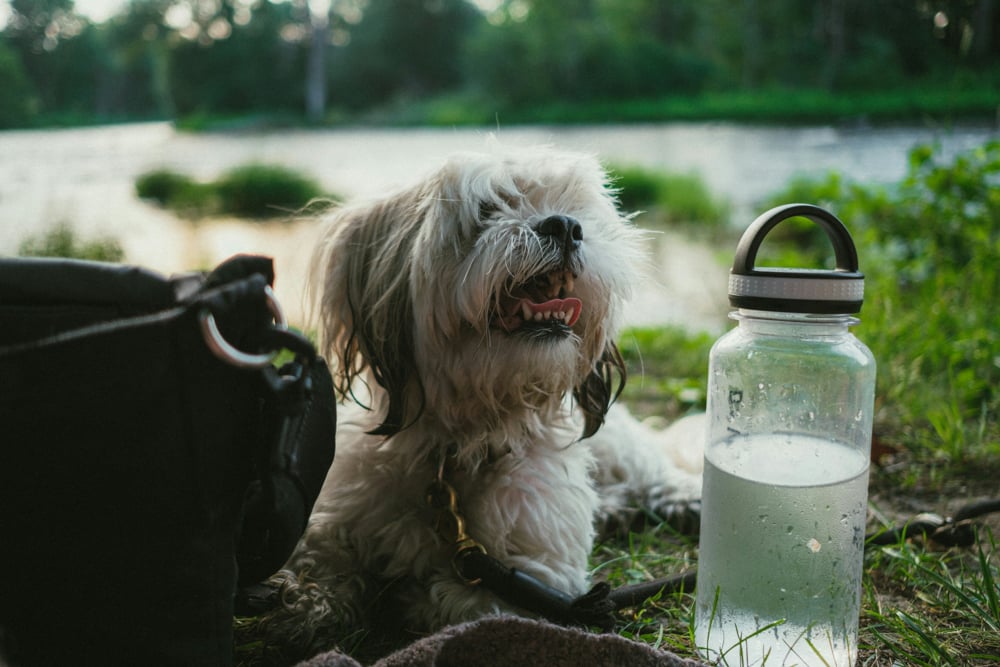
About the Gear Tester

Hatie Parmeter
Hatie Parmeter (she/her) digs hiking, paddling, and yoga. She's a writer and editor in the outdoor industry and is working toward an MS in Clinical Mental Health Counseling. Soon, you'll find her teaching wilderness mental health resources for outdoor outfitters, guides, camps, and more. Bio image is by Lauren Danilek.

